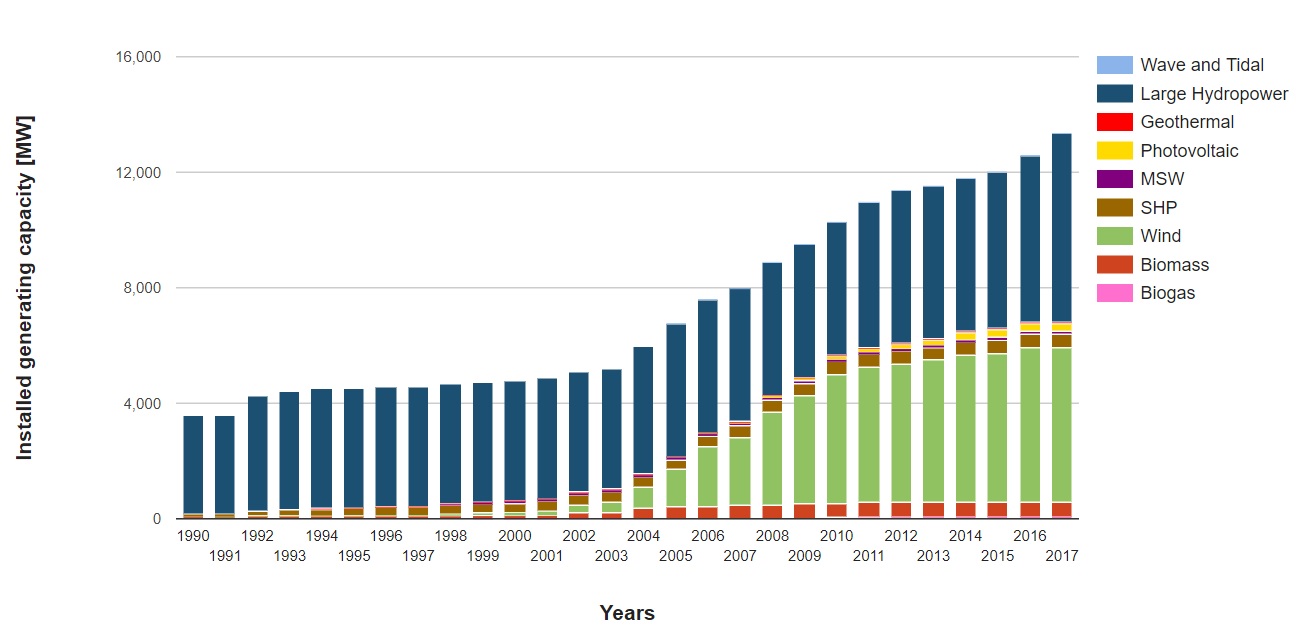Publicações
Local labor impact of wind energy investment: An analysis of Portuguese municipalities
Authors
Warning: array_multisort(): Array sizes are inconsistent in /var/www/html/wp-content/themes/eegnipe-child/templates/publication/single/default.php on line 30 Warning: array_multisort(): Array sizes are inconsistent in /var/www/html/wp-content/themes/eegnipe-child/templates/publication/single/default.php on line 31 Hélia CostaLinda Gonçalves VeigaFont
(2021) Energy Economics , 94Has investment in wind energy impacted local labor markets in Portugal?
Investment in wind power has grown remarkably in the past decades in Portugal (see figure). Although economic development is an argument for investment incentive policies, little evidence exists as to their net impact on local-level unemployment. Despite project-level estimates of direct employment creation, doubts remain as to whether these effects translate into an increase in overall employment – rather than a displacement of resources – as well as into effects at the local-level rather than at the aggregate level only. This is of major importance to the local communities that house these projects, sometimes with negative impacts, namely on housing prices.
Figure: Evolution of installed generating capacity in Portugal

Source: INEGI/APREN, December 2017.
Using data for all Portuguese mainland municipalities for the years 1997–2017, the paper assesses the existence, distribution, and duration of local-level labor impacts of wind power investment.
The results show that there are short-term effects during the construction phase, amounting to a decrease of 0.17 and 0.23 percentage points in the total unemployment rate per 100 MW of installed power in each year of construction. These effects are felt mainly for unskilled labor and male workers. Further analysis of spatial interaction finds positive spatial spillovers for municipalities that are 30 km or less away but not farther, implying workers are willing to commute but not migrate. There is only a very small sustained impact during the operations and maintenance phase, despite both short- and long-term impacts on municipalities’ revenues.
The absence of aggregate long-term impacts, along with the low mobility of labor, could indicate that, if policy makers wish to increase benefits to local labor markets, there might be a case for targeting skill development towards the needs of this new market, in order to fully take advantage of possible local labor benefits.

